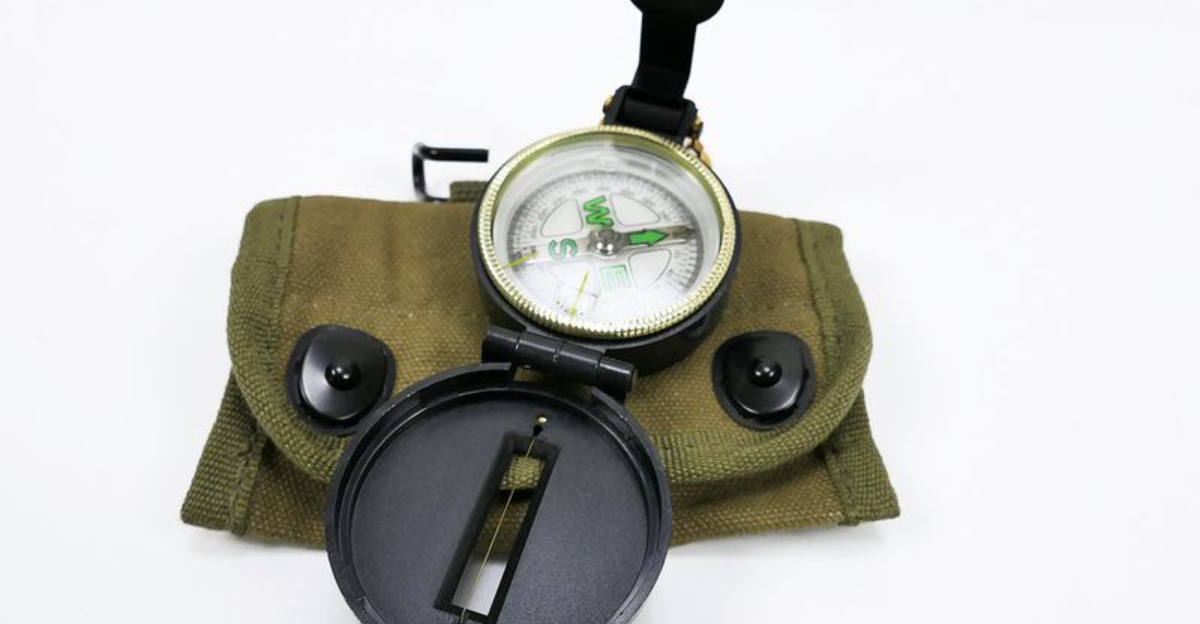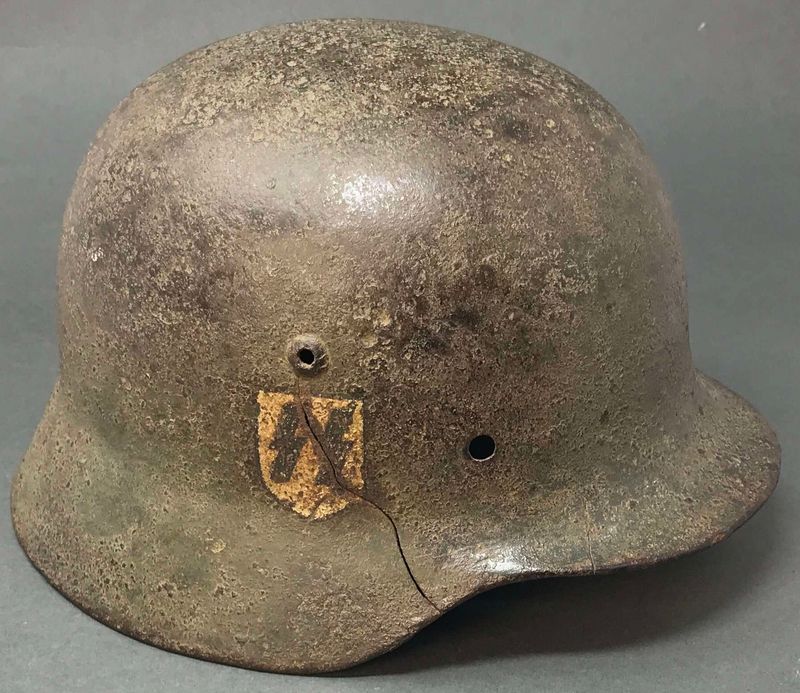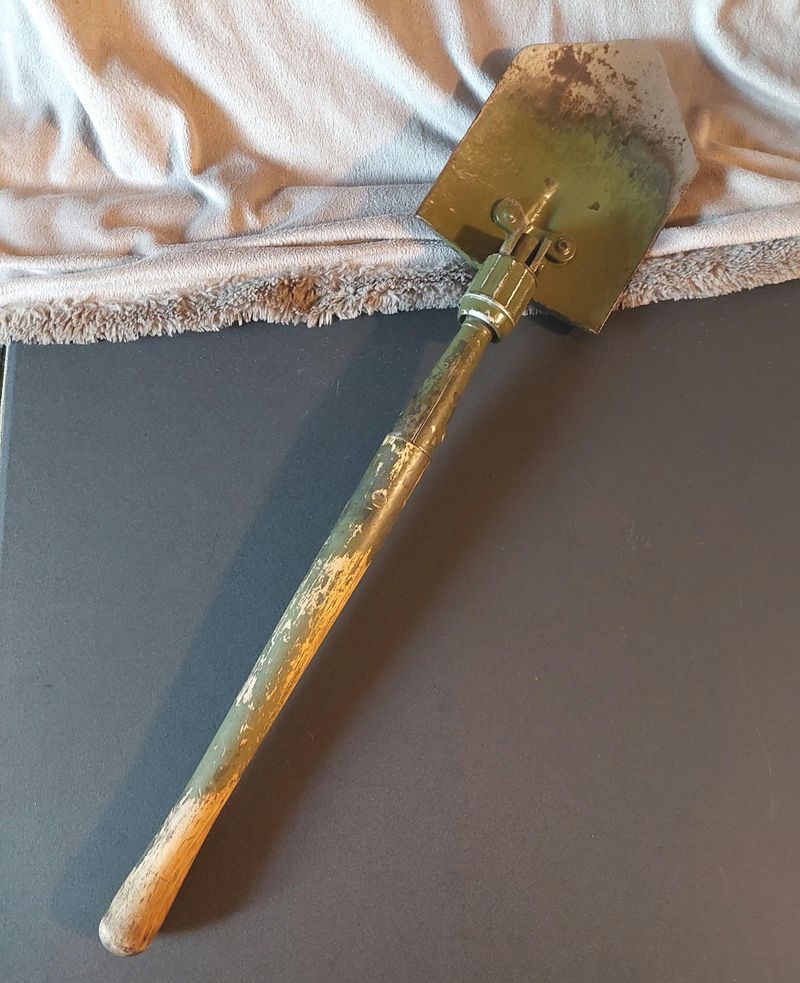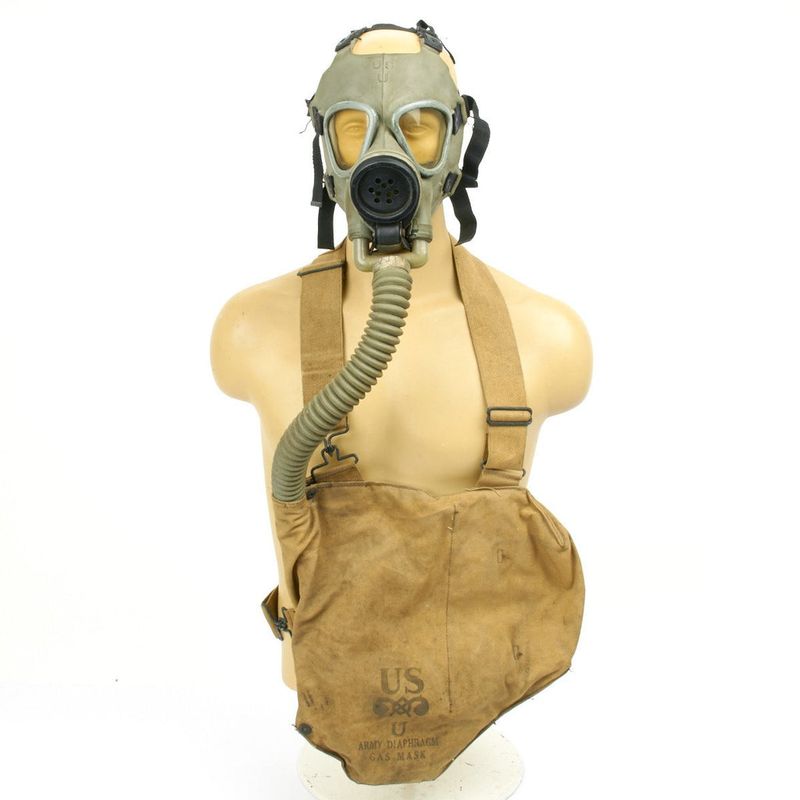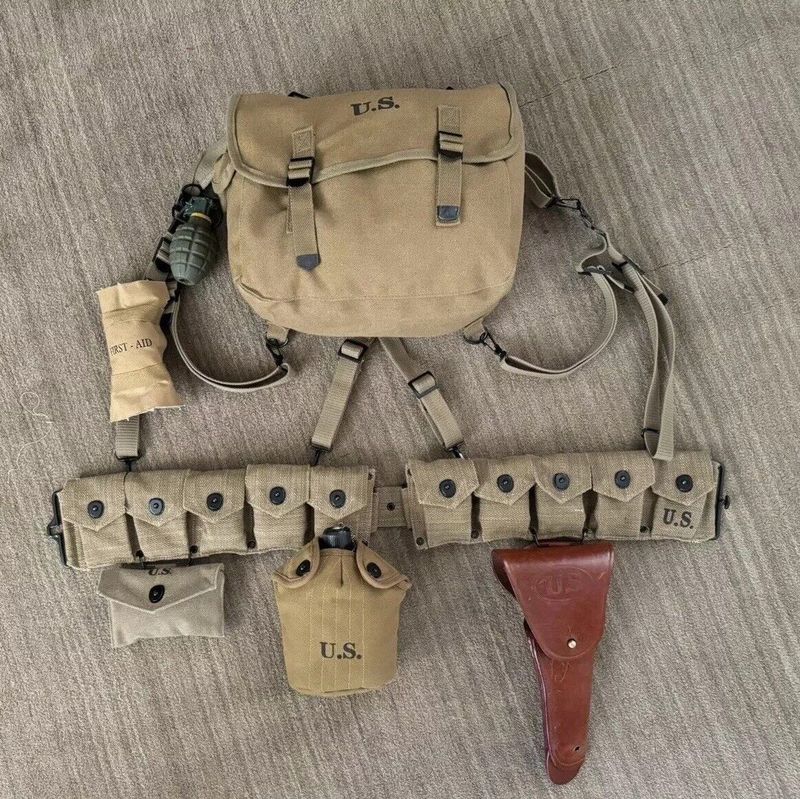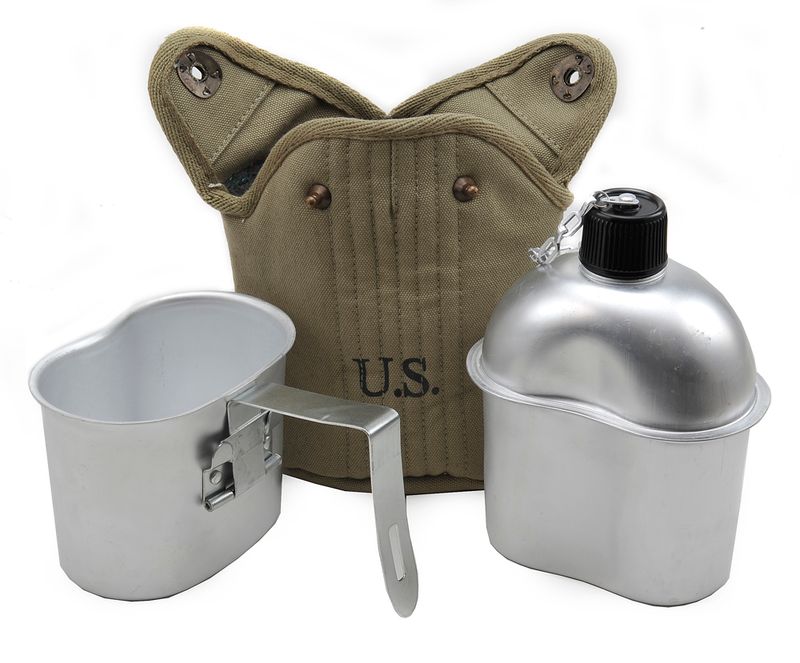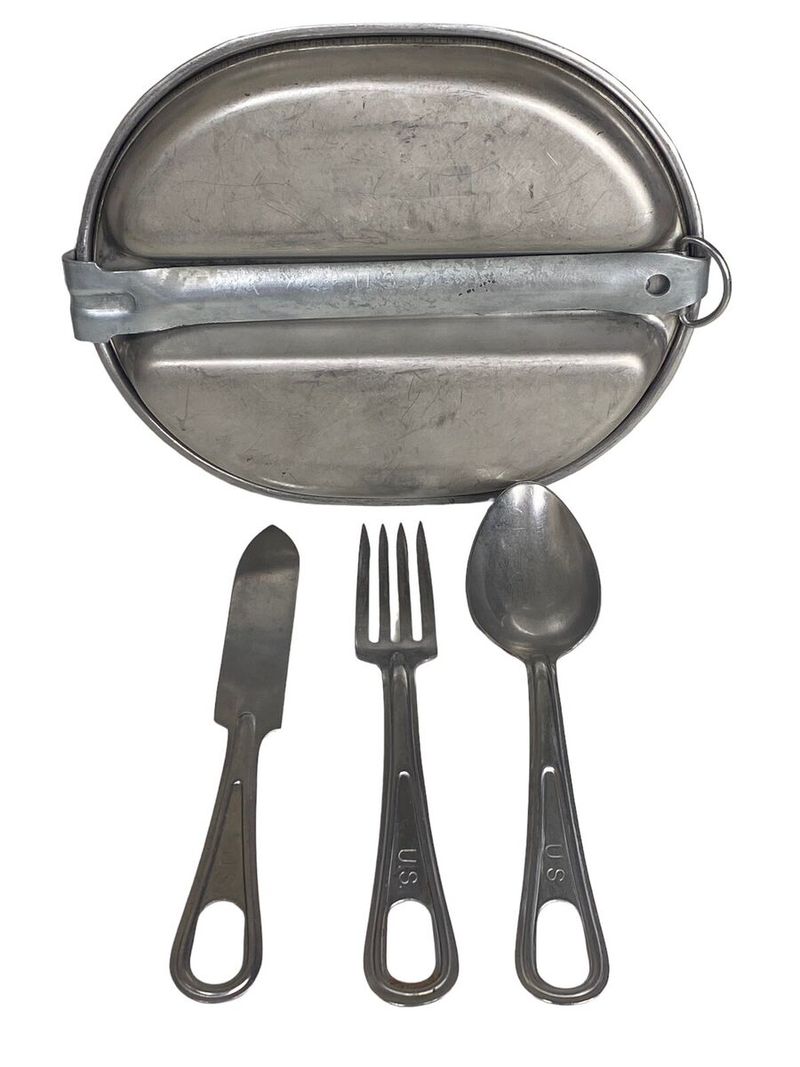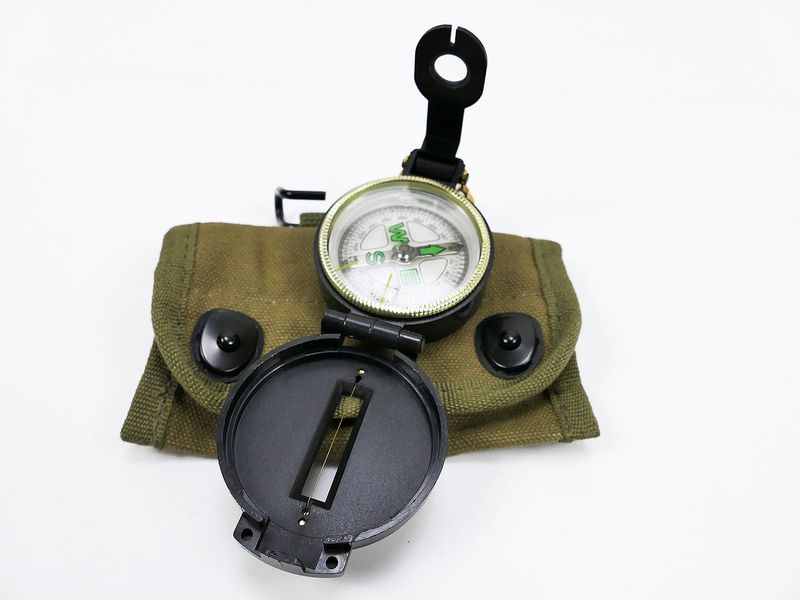When soldiers marched into battle during World War II, they carried more than just weapons—they carried survival tools that determined life or death on the battlefield. From the muddy trenches of Europe to the sweltering jungles of the Pacific, certain equipment became essential extensions of the fighting man. These ten pieces of gear weren’t just military issue; they were lifelines that helped ordinary men endure extraordinary circumstances.
1. Standard-Issue Rifle
Soldiers formed an almost spiritual bond with their rifles. The distinctive ping of an empty M1 Garand clip ejecting became as recognizable as a friend’s voice, while German troops relied on their precision-crafted Karabiner 98k.
These weren’t just weapons—they were constant companions that required meticulous cleaning even in foxholes filled with mud and rain. Soldiers slept beside them, ate with them nearby, and could disassemble and reassemble them blindfolded.
When ammunition ran low, the sturdy wooden stocks made effective clubs, and the attached bayonet transformed the rifle into a spear for desperate close-quarter combat.
2. Combat Helmet
Made from pressed manganese steel, helmets stopped deadly shrapnel that would otherwise tear through flesh and bone. The American M1 with its distinctive rounded shape and removable liner became an icon, while the German Stahlhelm offered superior neck protection.
Beyond protection, helmets served countless secondary purposes. Soldiers boiled water in them, used them as improvised shovels, or even as seats when the ground was too wet or cold.
Many helmets bear silent witness to their effectiveness—dents and gouges that represent moments when death came within millimeters but was turned away by simple steel.
3. Entrenching Tool
When artillery shells started falling, a soldier’s best friend was often his folding shovel. Digging frantically into frozen ground or coral-filled sand could mean the difference between life and death during bombardments.
The compact E-tool transformed from transportation burden to precious lifesaver within seconds of enemy contact. American versions folded into a neat package, while Soviet troops carried a straight-handled variant that doubled as an effective close-combat weapon.
Veterans often recall the distinctive sound of hundreds of entrenching tools simultaneously breaking ground as units prepared defensive positions, a rhythmic scraping that became the soundtrack to survival.
4. Gas Mask
Memories of WWI’s chemical horrors made gas masks mandatory equipment throughout WWII. Though chemical warfare was rarely employed, the fear alone justified carrying these cumbersome rubber and canvas contraptions everywhere.
Soldiers complained about the restrictive breathing, limited visibility, and extra weight. Training included grueling exercises while wearing masks, ensuring troops could still fight effectively if gas attacks came.
The masks’ distinctive elephant-trunk appearance became a symbol of modern warfare’s dehumanizing effect. For many troops, the most practical use became storing personal items in the empty carrying case after determining chemical weapons wouldn’t appear on their front.
5. Web Gear & Ammunition Pouches
The framework that held everything together, web gear distributed weight across a soldier’s torso while keeping essential supplies within immediate reach. British troops called their system “battle dress,” while Americans referred to it as “web gear” or simply “the belt.”
Strategic placement of ammunition pouches meant soldiers could reload without looking down, maintaining visual contact with the enemy. Grenade pouches, first aid kits, and bayonet frogs all found designated spots on the harness.
Soldiers personalized these systems, adding unofficial pouches for cigarettes, photos of loved ones, or extra rations. The characteristic jingle of moving gear often required silencing with tape before night operations.
6. Canteen & Water Bottle Carrier
Finding clean water could be harder than finding the enemy. The humble canteen, usually made from aluminum or steel with an insulating cover, kept soldiers from deadly dehydration during long marches and intense combat.
British troops often used their canteens to brew tea, a small comfort that maintained morale under fire. American canteens featured a cup that doubled as a small cooking pot, while German troops carried flat-sided vessels that fit neatly against equipment.
In winter conditions, soldiers slept with canteens inside their jackets to prevent freezing, and veterans recall the distinctive metallic taste that became synonymous with battlefield water.
7. Mess Kit
More than just eating tools, mess kits represented civilization amid chaos. The hinged metal containers unfolded to create cooking and eating surfaces, allowing soldiers to prepare hot meals when possible.
After combat, cleaning and organizing a mess kit became a meditative ritual that helped troops decompress. Some soldiers carved initials or tallied days into their kits, creating personal mementos that would eventually return home with them.
Despite official designs, troops improvised with their kits, creating makeshift stoves from ration cans and fuel tablets. For many, the familiar routine of mealtime using these compact kits provided psychological comfort far beyond the nutritional value of the food itself.
8. First-Aid Dressing/Field Dressing Kit
Medics couldn’t reach everyone instantly, making personal first-aid kits critical for survival. The distinctive packets contained sterile bandages, sulfa powder to prevent infection, and sometimes morphine syrettes for pain management.
Soldiers received basic training in applying their own field dressings, though buddy-aid became common practice. Many veterans owe their lives to comrades who applied pressure bandages during the critical moments after injury.
Unique among military equipment, these kits were the only items soldiers hoped never to use. Untouched first-aid packets returning home in footlockers represented good fortune that many others didn’t experience.
9. Compass
When landmarks disappeared under artillery barrages or darkness fell, a reliable compass meant everything. Officers planned movements using map coordinates, but individual soldiers often needed their own navigation tools when units scattered under fire.
The phosphorescent dials allowed for nighttime reading without revealing positions to enemy observers. American troops typically carried the M-1938 lensatic compass, while British forces used the more compact prismatic marching compass.
Beyond practical navigation, compasses provided psychological comfort—knowing the way home or to friendly lines gave soldiers confidence to push forward. For many lost patrols, these simple magnetic tools meant the difference between capture and safe return.
10. Combat Boots & Wool Socks
Armies truly moved on their feet, making proper footwear a matter of strategic importance. The American service shoe with its distinctive rubber sole provided better traction than earlier hobnailed versions, while German jackboots offered superior water resistance.
Quality wool socks prevented the dreaded trench foot that could disable entire units. Soldiers carried spare pairs tucked inside shirts to keep them dry, and foot care became a daily ritual emphasized by experienced NCOs.
Veterans often recall the misery of wet boots more vividly than combat itself—the constant squelching sound, blisters, and fungal infections that could render a fighting man immobile without firing a shot.
